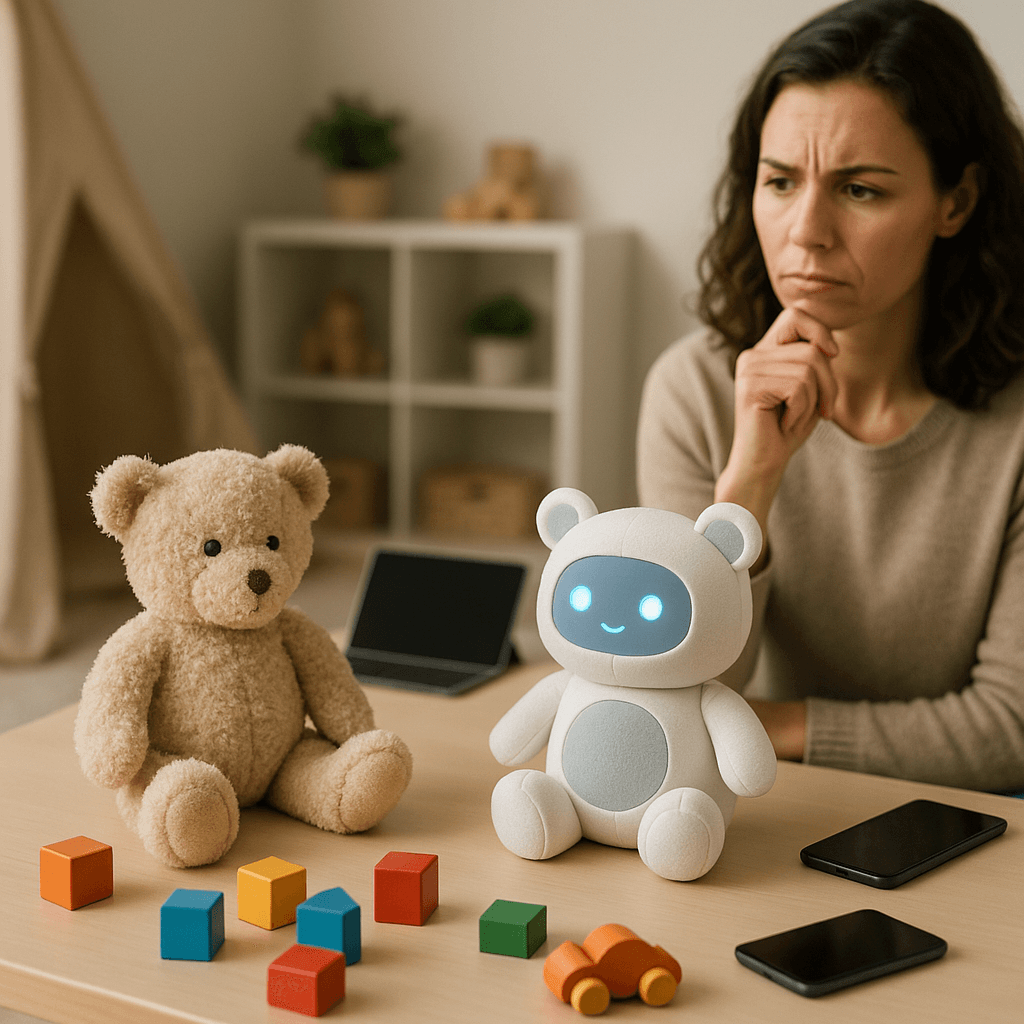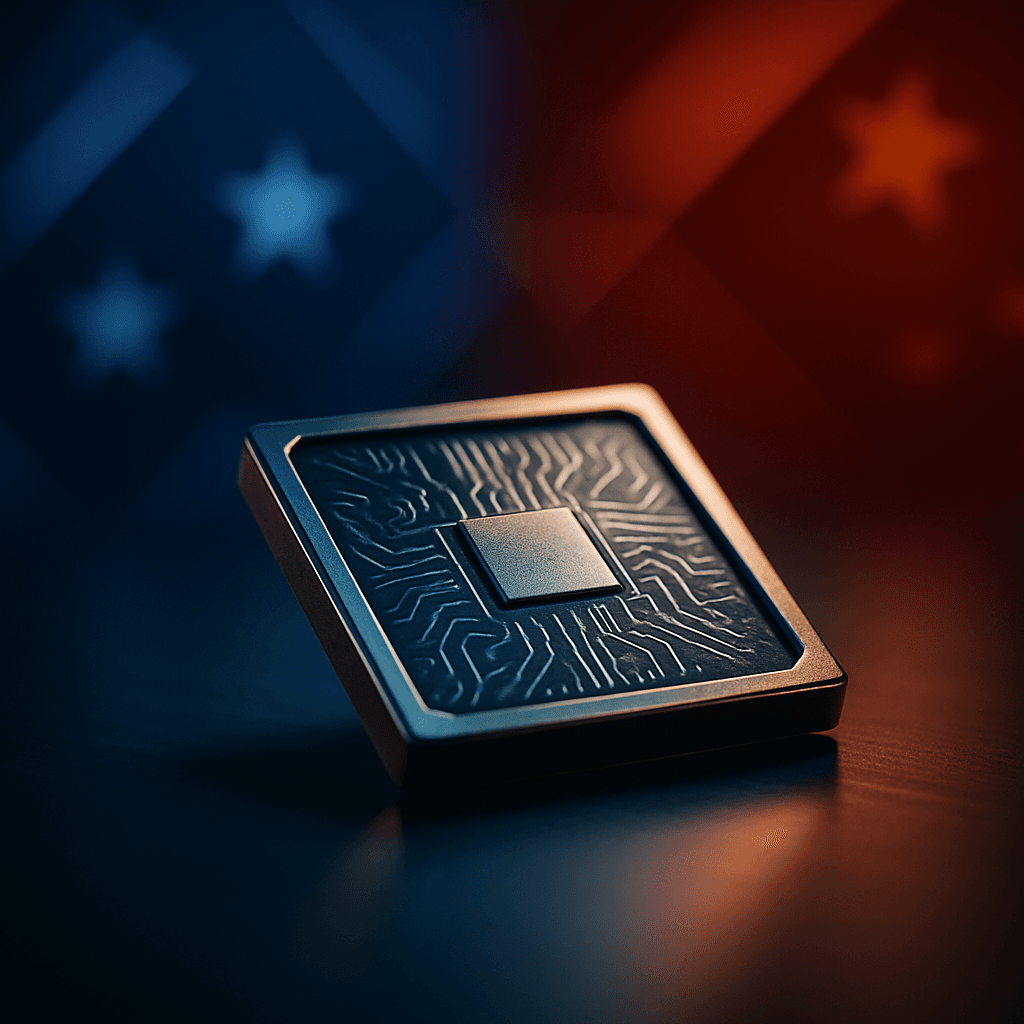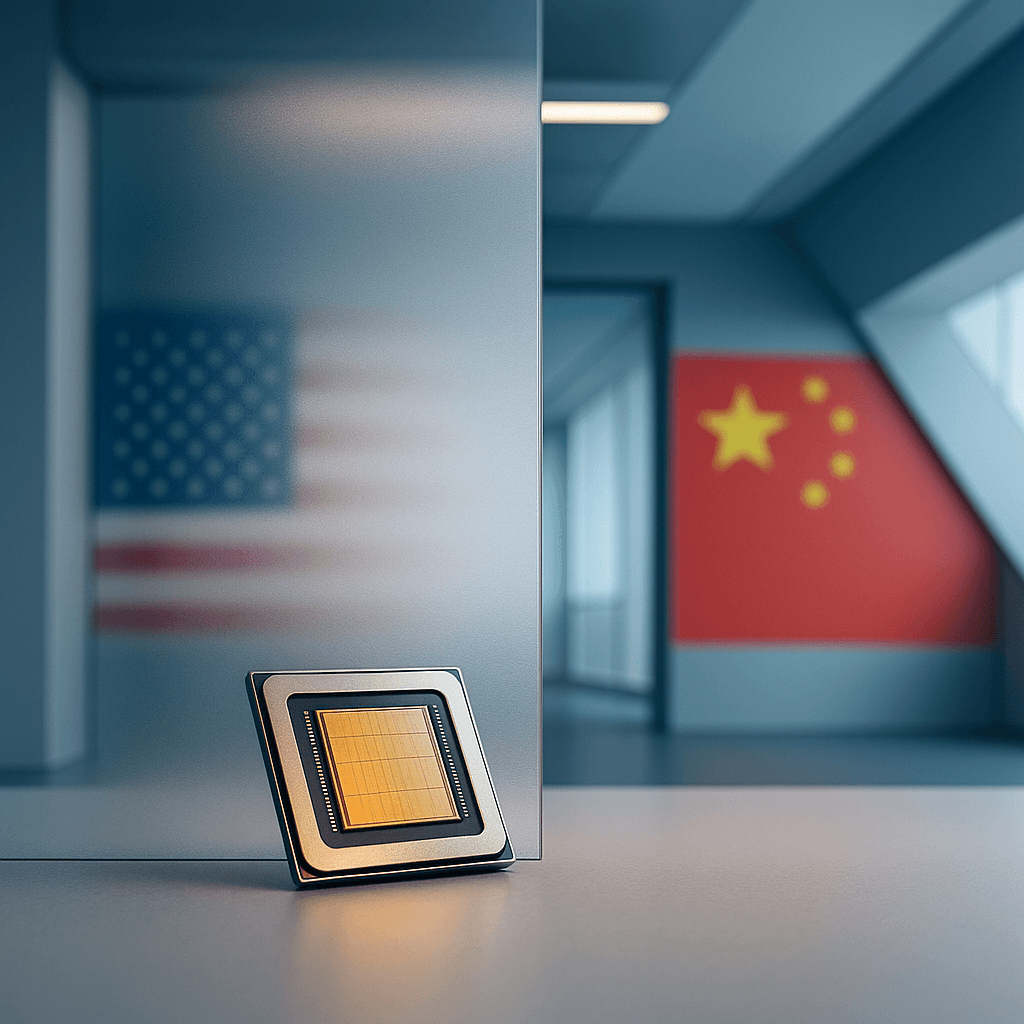AI-powered stuffed animals promising to reduce kids' screen time are sparking parental concerns instead. A critical New York Times review of Curio's talking plushies suggests these chatbot toys may be replacing human connection rather than digital devices, raising questions about the booming AI toy market's core premise.
The AI toy revolution just hit its first major speed bump. Curio's Grem, a fuzzy chatbot companion marketed as a screen-time solution for children, is facing harsh criticism from parents and tech reviewers who question whether these devices solve the problem they claim to address. The New York Times' Amanda Hess delivered a scathing review that's sending shockwaves through the emerging AI toy sector, describing her interaction with Grem as deeply unsettling rather than innovative. The toy, which sells alongside another Curio plushie called Grok (unrelated to Elon Musk's chatbot), represents a new category of AI-powered children's products that promise to blend traditional play with conversational AI. But Hess's experience suggests the technology may be creating new problems rather than solving old ones. During her demonstration with Grem, Hess realized the AI companion felt "less like an upgrade to the lifeless teddy bear" and "more like a replacement for me." The revelation struck her so profoundly that she immediately decided against introducing the toy to her own children, highlighting a fundamental flaw in how these products position themselves in family dynamics. The critique goes deeper than simple technological skepticism. Hess argues that while AI toys might technically reduce tablet or TV time, they're actually reinforcing the same digital dependency they claim to combat. "What they're really communicating is that the natural endpoint for [children's] curiosity lies inside their phones," she writes, suggesting these toys are gateway devices rather than alternatives to screen-based entertainment. The AI toy market has been heating up rapidly, with startups like Curio positioning their products as the solution to parents' growing concerns about excessive screen time. These companies have raised millions based on the premise that conversational AI wrapped in cuddly packaging represents a healthier form of digital engagement for children. But Hess's review exposes a crucial disconnect between marketing promises and parental reality. When she eventually allowed her children to play with Grem, she first removed and hid the AI voice box entirely. Even without its technological core, her kids engaged with the plushie naturally, talking to it and creating games before moving on to watch television. The experiment revealed that children's creativity and engagement don't require AI enhancement, undermining the fundamental value proposition of smart toys. Industry observers are watching closely as the first generation of AI toys faces real-world scrutiny. The children's technology sector has historically been sensitive to safety and developmental concerns, and Hess's critique taps into deeper anxieties about AI's role in child development. Her review represents the kind of mainstream media skepticism that could significantly impact public perception and adoption rates. The timing is particularly challenging for AI toy startups, which have been racing to market with holiday sales approaching. and similar companies now face the difficult task of addressing parental concerns while defending their core business model. The question isn't whether AI can power engaging toys, but whether those toys serve children's developmental needs or simply create new forms of technological dependency dressed up as play.












